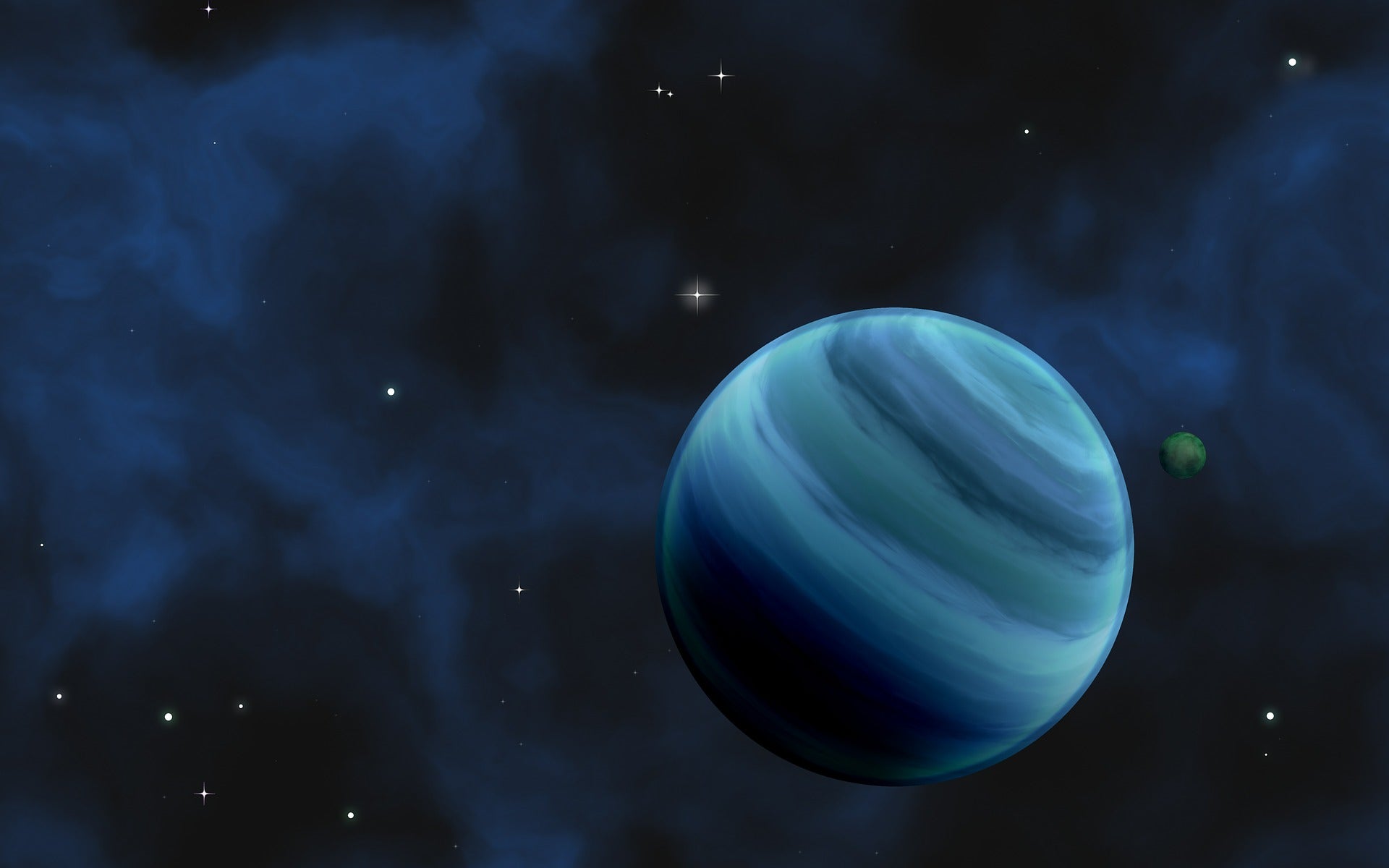Scientists find ‘radioactive’ exoplanets could be more habitable for life
Planets with radioactive decay are more likely to be hot enough that they could home human life

Your support helps us to tell the story
From reproductive rights to climate change to Big Tech, The Independent is on the ground when the story is developing. Whether it's investigating the financials of Elon Musk's pro-Trump PAC or producing our latest documentary, 'The A Word', which shines a light on the American women fighting for reproductive rights, we know how important it is to parse out the facts from the messaging.
At such a critical moment in US history, we need reporters on the ground. Your donation allows us to keep sending journalists to speak to both sides of the story.
The Independent is trusted by Americans across the entire political spectrum. And unlike many other quality news outlets, we choose not to lock Americans out of our reporting and analysis with paywalls. We believe quality journalism should be available to everyone, paid for by those who can afford it.
Your support makes all the difference.Scientists have found that radioactive elements may be key to exoplanets that humans could eventually live on.
Generally, scientists have focused on planets that exist within a ‘Goldilocks zone’, an area where a planet can orbit its host star without it becoming too hot nor too cold for liquid water to form on its surface.
However, this is not the only important factor; sustaining the sort of climates necessary for life to develop requires a planet to have sufficient heat to power a carbon cycle.
A primary source of this is the radioactive decay of thorium and potassium, which can power convection in a planet’s mantle – the layer of rock between the crust and the outer core.
The resulting carbon dioxide gas escaping as a part of this process then reaches the atmosphere, which helps keep the planet warm.
“We know these radioactive elements are necessary to regulate climate, but we don’t know how long these elements can do this, because they decay over time,” said Dr. Cayman Unterborn, lead author of an Astrophysical Journal Letters paper about the research.
“Also, radioactive elements aren’t distributed evenly throughout the Galaxy, and as planets age, they can run out of heat and degassing will cease. Because planets can have more or less of these elements than the Earth, we wanted to understand how this variation might affect just how long rocky exoplanets can support temperate, Earth-like climates.”
Scientists believe that younger, rocky planets are more likely to support these kind of Earth-like, temperate climates. While current technology cannot measure the composition of an exoplanet’s surface - nor its interior – it can be used to measure how light interacts with the elements in a star’s upper layers. This data lets scientists infer its composition.
“Using host stars to estimate the amount of these elements that would go into planets throughout the history of the Milky Way, we calculated how long we can expect planets to have enough volcanism to support a temperate climate before running out of power,” Unterborn said.
“Under the most pessimistic conditions we estimate that this critical age is only around 2 billion years old for an Earth-mass planet and reaching 5–6 billion years for higher-mass planets under more optimistic conditions. For the few planets we do have ages for, we found only a few were young enough for us to confidently say they can have surface degassing of carbon today, when we’d observe it with, say, the James Webb Space Telescope.”
More experiments will help scientists quantify the parameters for possible life-supporting planets, with the possibility of detecting alien life. The research, ‘Mantle Degassing Lifetimes through Galactic Time and the Maximum Age Stagnant-lid Rocky Exoplanets can Support Temperate Climates’, has been published in The Astrophysical Journal Letters.

Join our commenting forum
Join thought-provoking conversations, follow other Independent readers and see their replies
Comments